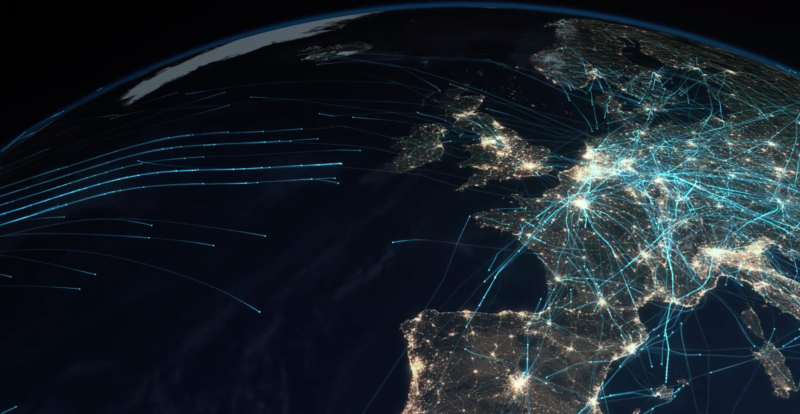New Year, New Decade, New Challenge
19 January 2021We all hoped that 2021 would start better than 2020 ended, but here we are again in lockdown. Air traffic has dipped again from the high point we got to in the autumn when it reached around 45% of 2019 levels, and industry forecasts suggest it won’t recover to those levels for up to five years.
As I said to the Aviation Club of the UK last week, I don’t need a crystal ball to know that whatever our “new normal” looks like, it’s going to be a long haul.
Despite the ongoing impact of the pandemic on our industry, there is much to be optimistic about, and there has never been a better time to recalibrate and change our collective mindset to do things differently in the future. I’m very clear that as demands change, so must our response. More than ever, now is the time for our industry to find new ways of working, and dispense with the old habits. New answers need a new mindset, especially to address the environmental challenge, so that we can build in solutions as traffic returns.
One of the biggest “wins” we’ve had since I last spoke to the Aviation Club five years ago, is that airspace modernisation is now embedded in Government policy and airspace is regarded as national infrastructure, alongside roads and rail. From our perspective this is the most significant positive change in the last five years.
Modernising airspace remains our top investment priority because our customers know the benefits it can deliver – and while traffic levels are depressed, it is a good time for us to crack on with network level change. The ultimate objective is to simplify the way aircraft can navigate congested lower airspace, reducing the need for tactical air traffic control interventions…. And in less congested upper airspace, giving pilots the freedom to plan their own routes and only put in constraints when necessary for safety.
There are many new technologies and tools coming through that will help deliver these projects. But the future will bring new users like drones, super-fast jets, even space travel, which requires us as an industry to think differently and NATS, as ATM service providers, to be willing to explore beyond the traditional stereotypes of what we’re there to do. It also means our legislators and regulators too, must be able to keep pace – real pace – with these developments. They have to be able to see what’s coming, and be prepared, so that innovation is not held back. Regulation will be necessary, but it must be timely, and as light touch as possible.
It is as an industry working collaboratively together that we will find the best means of making the real difference to our future. As just one idea, I floated with the Aviation Club the proposal that the industry should move from measuring on-time departure, to measuring on-time arrival instead. After all, it’s getting there on time that matters to us all. During the first lockdown we had the bizarre experience of aircraft leaving their point of origin bang on time and racing to their destination in the hope of being first in the queue, and having to circle for 20 minutes burning precious fuel because they were too early for their landing slot – or the airport wasn’t even open yet. We’ve already spoken with a number of airlines who have been staggered to learn of the fuel they could be saving, and adjusted their departure times accordingly.
If we can work together to change something so hard-wired into the DNA of ATC, airports, airlines and our regulators, that opens up the possibility for doing so much more.
Comments
Please respect our commenting policy and guidelines when posting on this website.
